A little while ago, I reviewed the other end of Nikon’s discount spectrum: the equally-a-mouthful AF-P 10-20mm f4.5-5.6 DX VR. Together with the equally plastic AF-P 18-55mm f3.5-5.6 DX VR G, these three lenses make up the antithesis of the usual professional ‘holy trinity’. They are not fast, they are not weather sealed, they are not built like tanks, they are not bristling with switches and cutting edge features, and they’re most likely to be the first thing any hobbyist getting ‘serious’ is going to upgrade out of their kit. Hell, they’re the most likely things to be given away as promotional loss leaders in said kit to begin with. Yet – somewhat unexpectedly, I find myself rather liking them. The 10-20 is a solid lens with some caveats, but unbeatable at the price. Today’s post will examine the AF-P 70-300mm f4.5-6.3 DX VR G* – and it has even fewer caveats than the 10-20 and 18-55, making it honestly downright impressive. Read on if you feel like making your other glass uncomfortable.
*Nikon apparently couldn’t decide what to make, so we have in current production:
AF-P 70-300mm f4.5-6.3 DX G (new)
AF-P 70-300mm f4.5-6.3 DX VR G (new, this review)
AF-P 70-300mm f4.5-5.6 E VR G (new, FX version)
AF-S 70-300mm f4.5-5.6 VR G (old, and barely held up on 16MP FX let alone today’s cameras)
AF-S 55-300mm f4.5-5.6 DX VR G (old)
AF-D 70-300mm f4-5.6 G (very old, very bad)
Again, as with the other two lenses in what I think of as the AF-P DX anti-trinity – the 70-300 is clearly built to exploit economy to the maximum possible extent. It has a plastic mount, no external switches, a label instead of a nameplate, ‘MADE IN THAILAND’ moulded into its plastic shell, and does not include a hood or baggie (odd, unlike the 10-20 – at least mine didn’t; it may differ in other markets). Even the rear cap is Nikon’s soft plastic clip on thing instead of the black bayonet type (again, unlike the 10-20, which includes a ‘proper’ rear cap). Yet it has a fairly sophisticated 14/10 design with one ED element, the latest AF-P type motor which is silent, very fast, and focuses swiftly in live view. It even focuses to 1.1m at all focal lengths, albeit with some shortening at the 300mm end; however, the 70mm end focuses even closer than this – down to about 0.75m, by my measurements. This particular version even has VR; there is a slightly cheaper – usually bundled – version sans VR, but given the modest f6.3 maximum aperture at the long end, you’re probably best off buying the VR version. Besides, the difference is no more than a drink or two at a moderately nice bar. This is a lot of lens for just shy of $400.
To be blunt, there’s nothing to complain about at this price, and precious little even if it were more expensive. Sure, build could be more robust, but I quite like the fact that it weighs 400g and together with the D3500, yields 450-equivalent and very sharp millimetres for 750g. The zoom ring is mostly smooth but has a little plastic stickiness when you’re trying to adjust things in fine increments; paradoxically it’s also lowish friction and has a tendency to extend by itself if the camera is pointed downwards. It isn’t as nice to use as the 10-20 or 18-55, but it might have something to do with the mechanism type and this lens’ relatively larger size. On the other hand, the 70-300’s focusing ring is oddly nice – like the other AF-P lenses – very smooth, changes focus in sensible increments, seems to be responsive and well-ratioed – and then you realise it’s fly by wire when you turn it with the camera off to do a test framing and…nothing happens.
On second thoughts, perhaps we should complain. It only decently covers up to 20x30mm (or the 1.2x crop on the D850); you’ll have to buy the equally excellent (but heavier and nearly double the price AF-P 70-300/4.5-5.6 E VR) to cover full frame. It might give you a bit more, but the corners look like smeared mush. There’s no way to turn off VR unless your camera is equipped with that particular menu option. The focus ring only works when the camera is switched on, since it’s fly by wire. What were Nikon thinking? Why doesn’t my $400 DX lens also amaze on FX? I think it’s time to take to our favourite internet forums to bang our keyboards and protest loudly. And while we’re at it, there’s also a tiny bit of longitudinal CA. I tried to find some lateral CA, or flare, but came up with nothing. I also tried to find some bokeh, but at typical subject distances the modest apertures tend to yield almost nothing. Like all telephotos it isn’t bad with a near subject and distant background, of course.
Frankly, I haven’t really investigated that property of the lens much anyway. It’s not why I bought it; I love compressed wimmelbild and architectural detail. Sometimes said details are closer than we’d like; close enough to need more DOF than reasonable apertures provide on larger formats. Yet sensor limitations of smaller formats don’t yield the kind of tonality I want. Fortunately 105-450mm-equivalent is a lot of compression. Those of you who’ve been here for a few years will know I had a similar love for the D5500 and collapsible AF-S 55-200/4.5-5.6 DX VR II; that lens felt a bit more flexible because of the shorter minimum, but didn’t compress as well and got pretty weak optically towards the 200mm end. VR also didn’t seem as effective by comparison. Speaking of which, you might think the cheaper lenses have less effective VR: I suspect this isn’t true simply because the lens elements are so much lighter, meaning equal effectiveness with far less paraphernalia. I see a consistent (more than 50% of images are critically sharp handheld) 1/15s at 70mm, and 1/45s at 300mm on the D3500. This is a good four stops or so.
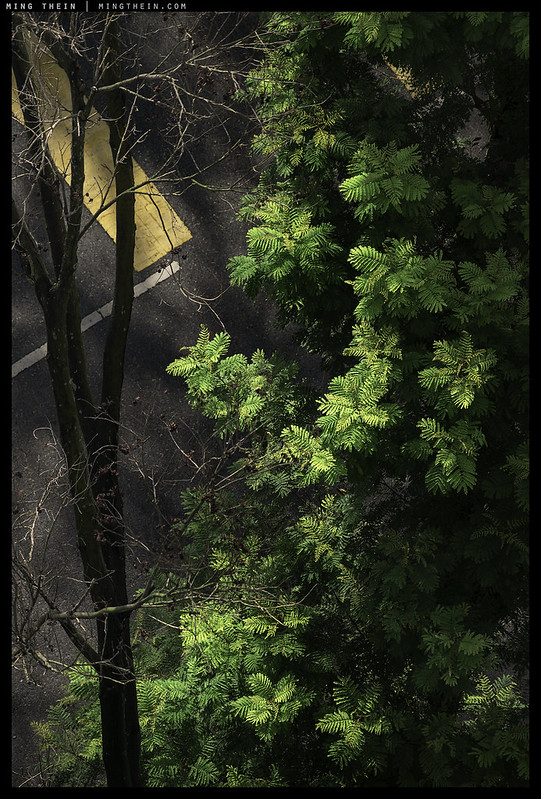 //embedr.flickr.com/assets/client-code.js
//embedr.flickr.com/assets/client-code.js
The 70-300 doesn’t seem to have a weak spot. Perhaps at near distances and 300mm, at which it shows a bit more longitudinal CA than further away, and the focal length is foreshortened to aid focusing. 70mm seems marginally worse on my D3500, but the Z7 shows me this is an AF-fine tune (which the D3500 sadly does not have) issue and not a lens one. On the mirrorless body and in live view on the D3500, it’s equally good at both ends of the focal length – which is to say very sharp indeed. I’m actually surprised just how good the optics on this lens are – you don’t see any of the usual cheap tele-zoom hallmarks here – no soft long end; no soft corners; no longitudinal CA; no loss of micro contrast. The corners need f8 to be spot on, but I’ll be damned if they’re not already acceptable wide open. Stop down for slightly more bite and a little more DOF, but in reality this lens working aperture is wide open to about f8-f11 – after which diffraction starts softening things on the 24MP DX bodies. Even so, I don’t find it restrictive.
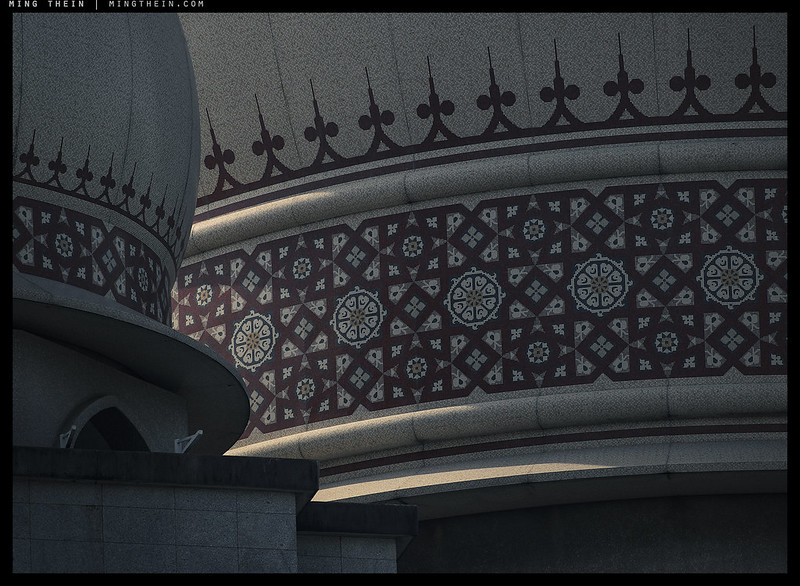 //embedr.flickr.com/assets/client-code.js
//embedr.flickr.com/assets/client-code.js
Take a look at the image above (full size here): low contrast across most of the frame except for a high contrast bright spot as the sun creeps around the dome. You’d expect the mosaic squares to be soft, but they’re not – even into the extreme corners. This was shot somewhere in the middle of the zoom range (230mm, says the EXIF) and at f8; I really can’t see what more you’d want at a pixel or overall level. The D3500-70-300 combination is really quite special – I’d be happy with this kind of perspective and overall rendition (yes, via ACR in this case as the shadows didn’t fall quite where I wanted in the JPEG) at any price, much less the $800 or so it actually cost – together with the 18-55. To put into perspective, that’s cheaper than a 1″ bridge camera with not that much less reach and a much larger sensor. And that’s pretty much all I’ve got to say – an unqualified recommendation for DX shooters**, and the ideal complement to a lightweight, low-concern kit. There is an old engineering saying that there is good, cheap and light – pick any two – in this case, it seems we found a unicorn. And with that, I’ll leave you with a few more images. MT
**Or even high resolution FX shooters on a serious weight budget; 1.2x yields 30MP on a D850, and the DX modes are 20MP on the Z7 and D850 – still pretty good.
The Nikon AFP 70-300/4.5-6.3 DX VR G is available here from B&H or Amazon.
__________________
Visit the Teaching Store to up your photographic game – including workshop videos, and the individual Email School of Photography. You can also support the site by purchasing from B&H and Amazon – thanks!
We are also on Facebook and there is a curated reader Flickr pool.
Images and content copyright Ming Thein | mingthein.com 2012 onwards unless otherwise stated. All rights reserved
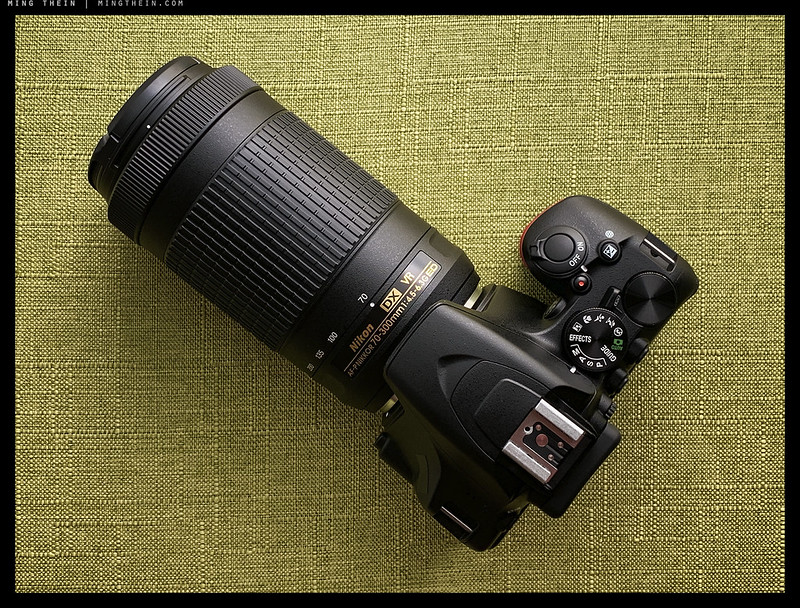
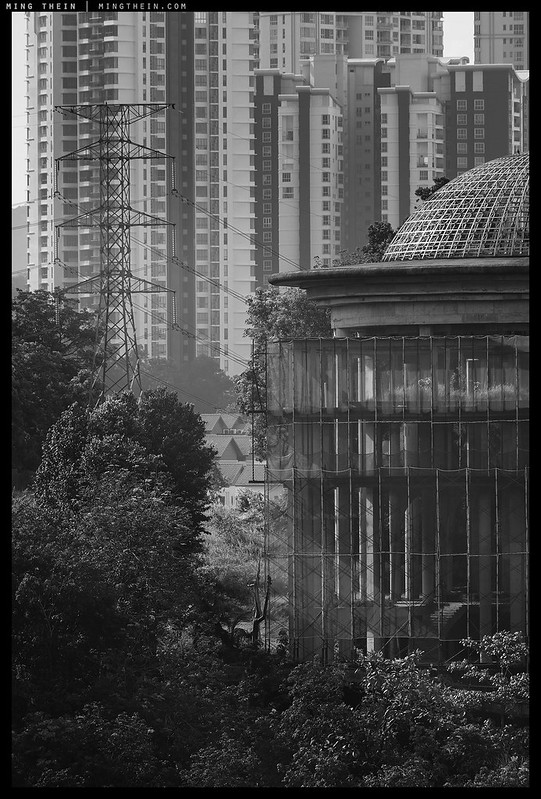
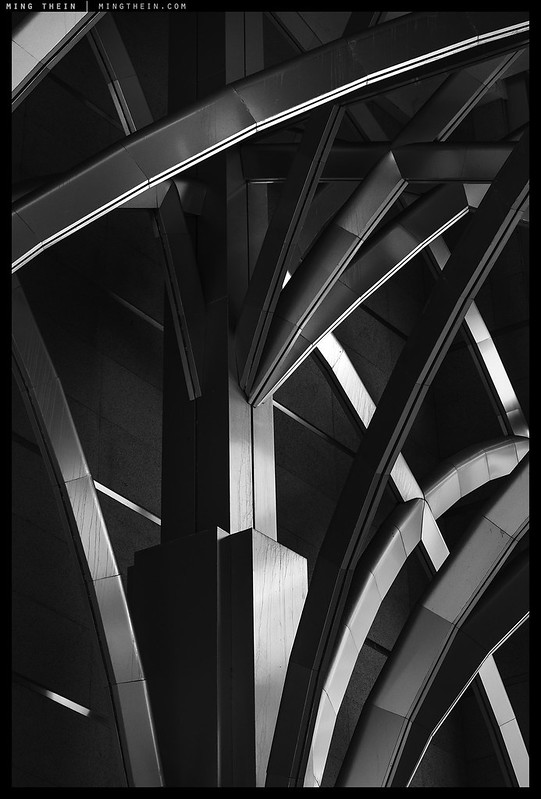
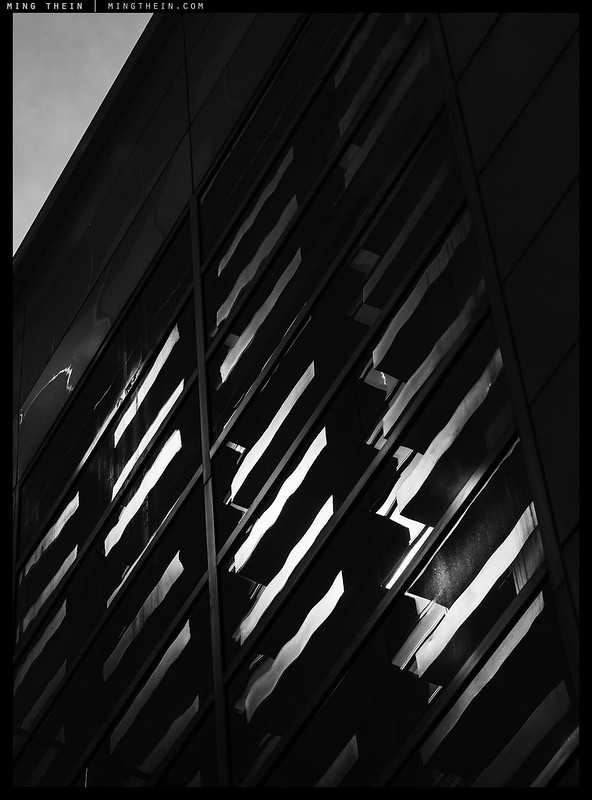
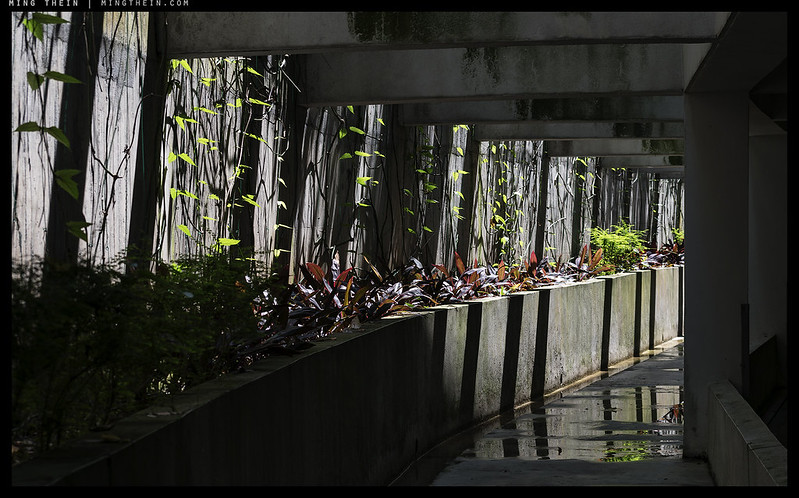

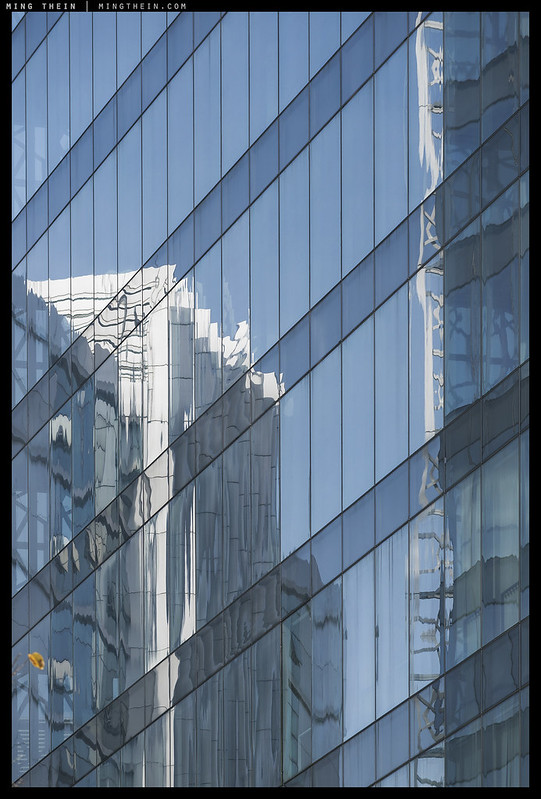

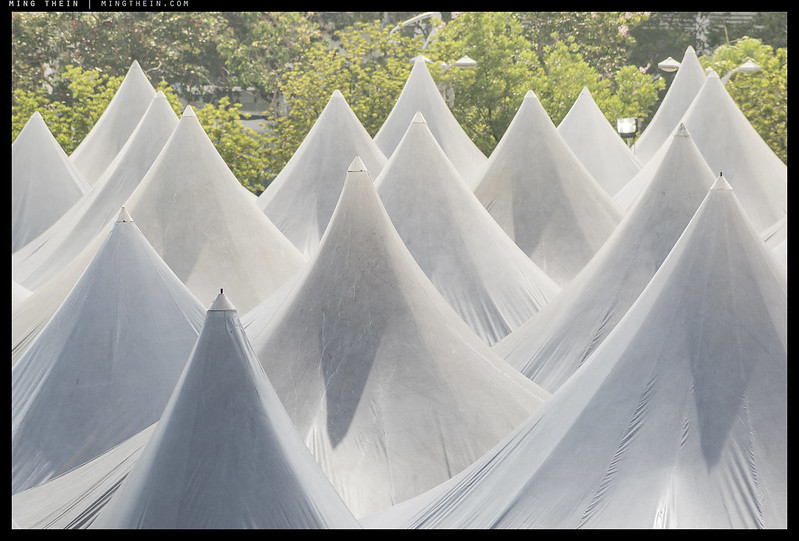
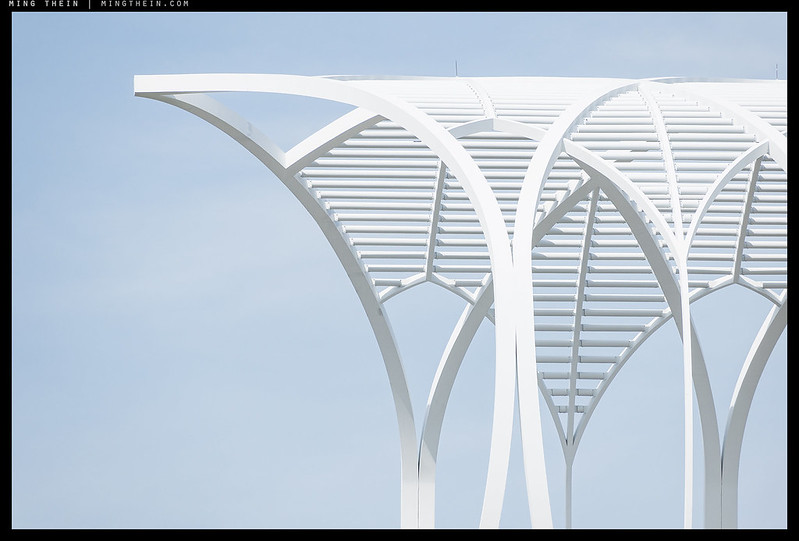





Hi Ming your thought on paring 70 300 4.56.3dx vrg with 7500
Same sensor density as the D3500, should be fine.
any thoughts on the 70-300 AF-P FX? I want a lightweight telephoto and considering between this and the 70-200/4 VR
Good lens. Depends if reach or f4 is more important – pricing was cheaper for me for the 70-200/4 VR used, so I landed up with that and a TC1.7 instead.
I’ve been using this lens extensively on my D500 and D850. It’s the most incredicle bargain, so long as you take care in dusty/rainy weather. Spent a week on a game reserve in India shooting with the D500/500PF and D850 (cropped) with this lens. The resulting images are sometimes very hard to tell apart, and the low weight is a Godsend.
PS Conclusion should read ‘complement’ = addition; not ‘compliment = praise.
If it’s too dusty, it’s a lot cheaper to replace than a missed shot 🙂
Conclusion: typo, thanks!
Ming have you tried this DX 70-300mm on the D850 in crop mode? I understood what you wrote about it not covering the full-frame sensor and giving smeared corners, but I’m curious how the corners are if it’s possible to set D850 (which I don’t own yet) to crop mode?
Yes, I thought I mentioned this in the review:
“It only decently covers up to 20x30mm (or the 1.2x crop on the D850); you’ll have to buy the equally excellent (but heavier and nearly double the price AF-P 70-300/4.5-5.6 E VR) to cover full frame. It might give you a bit more, but the corners look like smeared mush. “
In normal DX crop it works just fine, of course.
Thanks Ming I did notice you mentioned that in your article, but wasn’t clear about the crop-setting since I don’t own a d850, only Z6. I tried 2 copies of the 70-300 FX version on my Z6 and wasn’t thrilled with it at the long end so sent them both back, and ended up going with the Leica 50-200 on Oly OMD EM2 which I’m liking a lot. I think I’ll now rent a D850 with the DX lens and give that a try/compare…many thanks for your very helpful articles.
The Z cameras auto-crop with DX, unfortunately. No way to override this else we’d at least have usable square and 1.2x options.
Which FX version did you have? The original 70-300/4-5.6 VR G is not great at all; the 70-300 AF-P FX is something else (and looked superb on the D850/Z7, so I can only imagine it has more than enough resolution for the Z6).
Another alternative, which I use on my Z7 – found a good used 70-200/4 VR and 1.7x TC that landed up being cheaper than a new 70-300 AF-P FX. More reach when I need it, and same 6.3 max aperture, f4 everywhere when I don’t. And the optics even with the TC are as good or better than the 70-300 AFP VR DX.
I think you just answered it thanks..I need to try Z7 with the FX 70-300 AF-P (the same lens I tried on my Z6).
Wondering if it was bad luck with sample variation – the couple I’ve tried (and others reports) suggest this is an above average lens…
will give a go with Z7 in the next 2 wks and follow up here, you might be right since Z6 is great w/many other glass am finding
what nikon is missing is the af-p 18-135 lens to compliment the small and light D5xxx and D3xxx camera bodies.
Nikon’s recent releases are truly under-appreciated gems. I myself am very happy with my kit : D5600, AF-P 18-55, AF-P 70-300, and AF-S 35/1.8 DX. Compact, lightweight, affordable, without compromise in quality. The whole kit fits in tiny daypack which doesn’t hurt the shoulder even after full day shooting. Haven’t tried the AF-P 10-20 yet.
If only Nikon makes a compact and affordable AF-P 18-55/1.8 (which might be wishful thinking, considering laws of physics)
Under-appreciated by the noisy part of the enthusiast market, but I suspect quietly very successful in the consumer and volume markets which matter!
Sigma has an excellent 18-35/1.8, reasonably affordable, but it’s not compact – yes, those pesky laws of physics. 🙂
Auspicious timing – there appear to be quite a few floating around on ebay stated as new or factory refurbished for a mere ~$150.
As a recent 70-300 AF-P FX owner who also had an eye on the 70-200 f4, this puts a mild wrench in feeling completely satisfied…
I use a very simlar lens… also 70-300mm but Tamron. I love it because it’s a flexible lens and I did even manage it to take nice bird photos at the 300mm lens after improving my sneaking technique. This is my most used lens. I bet the Nikon 70-300mm is fun too. Love that focal length range of these lenses.
Not used the Tamron personally, but I find the 70-300s tend to vary enormously in optical quality. The more recent ones tend to be of corse better…
Do you think the plastic lens mount is a serious drawback? I don’t know how to judge it.
Doesn’t honestly bother me that much at the price. I’d prefer a metal mount, but then again – metal mount on plastic subframe isn’t really any more robust.
Ming,
When you say, “It might give you a bit more, but the corners look like smeared mush”, I am assuming that you are referring to the DX lens on an FX body(at crop sensor) and not the FX counterpart lens that you also referenced in that paragraph. Just wanted to make sure I read this correctly. I have not heard or seen much about mushy corners on the FX version of this lens.
Thanks,
–Ken
Correct – the DX version on an FX body is not great in the corners.
The FX version on all bodies is excellent. 🙂
It is really hard choosing between this and 55-200. This lens is optically better but 55-200 just feels weight less (although they are not that different in weight).
p.s. what do you think of new Hasselblad’s cameras ? ( please 😀 )
I had the 55-200 VR version II (collapsible) for some time with my D5500. I prefer this – it’s clearly sharper, focuses faster, and doesn’t need to be telescoped to shoot. Yes, it doesn’t store quite as compactly, but I’ll take that against the extra reach and resolution.
Hasselblad: the CFV/907 was my pet project. I’m glad to see it finally came back to life after DJI canned it, but whether all of the electronics/UI are complete as intended is another thing and will obviously make or break usability…
How could Hasselblad let you go is still mind boggling -_-
Not really, if you’ve ever worked with mainland Chinese…
I don’t know about cultural and political situations of east Asia and have not been in interaction with that region but only in touristic trips , Im thinking purely on Hasselblad loosing a creative force. The CFV/907 is a very pleasant. Lets just hope they bring all of your pet projects to life 😀
They do whatever they want, logic and common sense notwithstanding…
Sounds a lot like government officials in my country , impossible to cooperate with.
Ours here, too! After the last government change, we’re left with a system that relied on corruption to get things done that is now afraid of being bought but has been bought for so long they no longer actually know how to do work…go figure.
Thank you for this review. These lenses are really underrated. I got a non-VR version off ebay for under $100, and sold one of the first photos I took with it for more than $100, so I can’t say a bad word about it! I also now have a VR version, which seems pretty similar. But the D5200 that I use it on is about the bottom limit — the VR is pretty clunky, and there’s no manual focus. I’ve taken that non-trinity on travels and backpacking trips on which space and weight were issues, and have had pretty good results. Sure, you can get sharper results with FX bodies and expensive lenses, but it’s hard to beat these plastic lenses in bang for the buck.
Sounds like pretty good economics to me! 🙂
Pixel-level acuity (‘sharpness’) is actually about the same for the 24 MP non-AA APSC cameras and the current 47MP FX ones; just a case of consistency of focus etc. So there are more pixels, but on the whole – not necessarily sharper if you’re not fully using all of them in your output.
At one point you were using a Canon SL1 and EF-S 55-250 STM.
Thoughts on how the two lenses compare?
Correct. The SL1 uses a very old sensor, and it shows especially in dynamic range. The 55-250 wasn’t bad, and is a hair smaller than the 70-300 DX AFP – but I think the 70-300 is noticeably better at the long end.
Now if only there were an equivalent to the 40mm STM in form factor, price point, and optical excellence…
YES! Sadly Nikon doesn’t have AF pancakes…
Man…I would LOVE 18mm and 28mm DX pancakes. (Not holding my breath of course). Imagine those on the D3500. Hoo boy.
We’ll have to keep dreaming, I suspect – those are the kind of lenses that aren’t consumer-popular, and that’s squarely where most of Nikon DX is aimed. People like us are in the distant minority…
This lens makes another reason to switch to Nikon…
( … waiting for a Nikon Z DX?)
And thanks for this additional comparison.
[ I used the Canon version (55-250mm f/4-5.6 IS STM) but got tired of its cat-eyed OOF highlights and got the EF 70-300 F4-5.6 IS II USM trusting Dustin Abbott’s review, but I find that rather heavy (700g) handheld.]
– – –
Another reason is the new Sony to Nikon Z adapter making also the (German) Mirex Sony E to Canon EF mount tilt/shift adapter available. (There’s also an M4/3 to EF version.)
[ It was on Mirex’ web site but not now?]
https://www.onlandscape.co.uk/2014/04/mirex-adapter-canon-eos-sony-e-mount/
( There was a serious and pretty good review, but I can’t find it.)
There are also fully electronic Canon-Sony adaptors (inc. Sigma) that make their TSEs an option, too – opening up 17mm and 135mm. The 135 is quite interesting to me personally as it’s also a macro and has a good working distance for watches…
Aye,
but that’s in the other direction.
Thanks, though, for reminding me!
For me TSE lenses are on the too expensive side, especially as I’d want more than one.
( Although I have been considering a used Nex plus this Mirex … and there are Mirex and Zōrk tilts for MF lenses …my desire for deep DOF on e.g. ice hasn’t grown strong enough yet.))
You can get tilt, but not shift. And even then sometimes you might not have enough image circle at the edges…though this is not so bad for macro work, generally.
Exactly, but with a crop sensor moderate tilt ought to work with FF lenses, although the Zörk adaptor might need a larger image circle – as it bends instead of rotating around the sensor midpoint.
.
Hard to say; it depends where the effective exit pupil of the lens is…
Yes, I see, one may have to consider that too.
Anyway, I’ve no hurry … yet. If/and then – trial and error.
And thanks!
I have the D3300 with the 10-20, 35/1.8 dx, and this 70-300 AF-P dx. It is an astonishingly good kit. Each component is “really quite good,” lightweight, compact and disposable (a rating achieved when repair costs are ~ same as replacement). All properties that make you want to write with a lot of exclamation points. I think I spent $1000 on the whole kit. !!!
I can’t actually say the D3400 or D3500 are significantly better – there are small improvements, but as you say – use, treat as disposable and just go back to making pictures…to think people complain about this stuff today when it’s far more capable than the top end not long ago, and those cameras did just fine! 🙂
I have this same kit but with D3500. Talk about a sweet spot of size, weight, image quality and fun! Agree with MT that any D3xxx (or even D5xxx) camera is a great set up with these lenses, and swap out the 35 for the 18-55 if you’re more of a zoom person, all good.
“Yet sensor limitations of smaller formats don’t yield the kind of tonality I want. ” MT
I’ve gone from DX 24MP to m4/3 low end to FX 24MP and back to m4/3 high end where I am now. I keep thinking that even the best m4/3 images I get have something missing. I try to look at comparisons of my prior DX and FX images and the newer m4/3 but I can’t find any definitive example of one format being “better” except the usual extreme ISO or dynamic range outliers. Can you show comparison pictures that illustrate your tonality issues with the smaller format?
M4/3 is about the lower limit. I’ve done quite a lot of work with the 1” Sonys in the past, and they were acceptable but you had to be very conscious of your dynamic range management. It also helps that the 24MP APSC sensors of today are significantly better than the 1” and 16MP APSC sensors of a few years back.
Examples: it’s not the extreme outliers that you should be looking at, but tonal rolloff in the highlights or shadow – better still, highlights and shadows at the same time. Luminosity perception isn’t linear and shouldn’t be in capture. I don’t have anything shot side by side with the same subject to show a clear difference – since I’ll other use one camera or the other – and don’t have anything 1” at the moment – just APSC and FF, which are fairly close. Web compression also cuts this advantage somewhat of course. But again: just look at the highlight rolloff to clipped, and preferably shadows, too, in the same image. The tricky part is you’ll need to take postprocesisng out of the equation, which can skew things significantly. I’ll have a dig and see if I can find two comparable examples.
I have been using this lens for several years now, on the discontinued Nikon 1 V2, for college football in Japan, and lately for the bullfights in Spain. I find it excellent, as do most people who discuss it on the Nikon 1 forum at DPR. Basically, it is every bit a good as the native CX 70-300 lens, a lens that is much more expensive. And as mentioned, it is much better than the large DX 70-300 that Nikon put out several year ago.
With the 2.7x crop factor of the Nikon 1 system – 190-810mm, talk about flexibility! I wasn’t aware that the Nikon 1 system fully supported the E-diaphragms and AF-P motors though.
I used to have the 70-300mm f/4.5-5.6G VR back in 2008 when I had a D3, and gave it to my father for use on his D300.
For my Z7, I opted to get the 300mm f/4E PF and the 500mm f/5.6E PF, with a D5300 as a backup body. Those two lenses are what convinced me to switch from the Fuji system.
Good choices – bit long for my own uses so I never got around to getting one, but the 300PF is on my irrational want list…
Looks like a home run. I had one of the older versions back when I was using Nikons, and I liked it a lot.
The one thing I wonder about is less to do with the lens, and more to do with perception : the 6.3 aperture at the telephoto end. I think many people may perceive that to be somehow a problem, even though it’s only a third of a stop (if I’m not mistaken) over 5.6. It’s like 5.6 seems to be the cutoff point (for a zoom) where everyone thinks “oh, that’s not so fast, but it’s not a dealbreaker”. Anything past that, even 6.3? Panic! Dark! Can’t shoot in anything other than blazing midday sunlight! Need ISO 6400! Dark!
This isn’t true, of course, but truth has a strange relationship with perception. As you know lenses, do you think that making it a 5.6 would have had that much of an effect on size / price?
Going off-topic somewhat (and certainly, in relative terms, from the “cheap” part of the title), if that’s OK…while you’re no longer associated with Hasselblad, did you have any particular thoughts on the 907X and new digital back which they announced recently? It looks like a rather neat combination, I have to say, and I imagine there is going to be quite a bit of interest in the price when it’s announced.
This is much better than the earlier 70-300VR (first generation), which I also had; that was starting to show limits above 200mm even on the 12MP FX bodies. This doesn’t seem to give up anything there.
6.3 is a third of a stop over 5.6. Not a big deal. You almost never stop down with this anyway because 24MP DX pixel density means diffraction starts below f8. VR is also your friend here. When you’re building a non-VR version that’s $30 cheaper, yes, f5.6 would have made enough of a difference to the bottom line at that end of the market.
“did you have any particular thoughts on the 907X and new digital back which they announced recently? It looks like a rather neat combination, I have to say, and I imagine there is going to be quite a bit of interest in the price when it’s announced.”
This was one of my pet projects that got cancelled by DJI and seemingly resurrected – whether it’s full-fat or not remains to be seen based on the firmware implementation. Too early to say.
Good to hear that Nikon’s cheap and cheerful trinity is performing very well. This 70-300 sounds like a unicorn indeed! I wonder how they decided on 3 different 70-300 zoom lenses though. Also I just checked on my AF-P 70-300 FX lens, and it too has fly-by-wire focusing, so if the DSLR is off, the manual focus ring does nothing even with the focus switch set to M. I do like the FX version very much, and got it mainly to use on the Z6.
I think this is probably the best of the three – the 10-20 relies on software correction, the 18-55 has some dull spots, but the 70-300 is remarkably on point throughout the range.
Three versions entirely on the basis of cost, would be my guess. The two DX versions are almost identical; the FX version appears quite different. I looked long and hard at the FX version too – but there was a used 70-200/4 VR and 1.7x TC that landed up being the same price, slightly better optically and with the option of f4 flexibility…I do give up some size, but then there’s the DX version if that’s a priority.
Love this review of a non-pro APS-C lens! I would love your thoughts on a filthy consumer superzoom like the Nikon AF-S DX NIKKOR 18-300mm f/3.5-6.3G ED VR that provides incredible value in one reasonably priced, compact package. Personally, I think APS-C is a neglected sweet spot with a ton of potential. There are plenty of lenses out there that demonstrate that APS-C lenses can save significant amounts of size and weight while providing photographic quality rivaling all but the most incredible full-frame and medium format setups.
The 18-300 was too compromised for my liking – even the best of this genre, Sigma’s version is still noticeably worse than a 18-55 and 70-300 pair – plus you have no option to carry less if you’re sure you don’t need either end of the range. The Nikon 18-200VR was great in the day of 12MP cameras, but looks really ropy on 24MP.